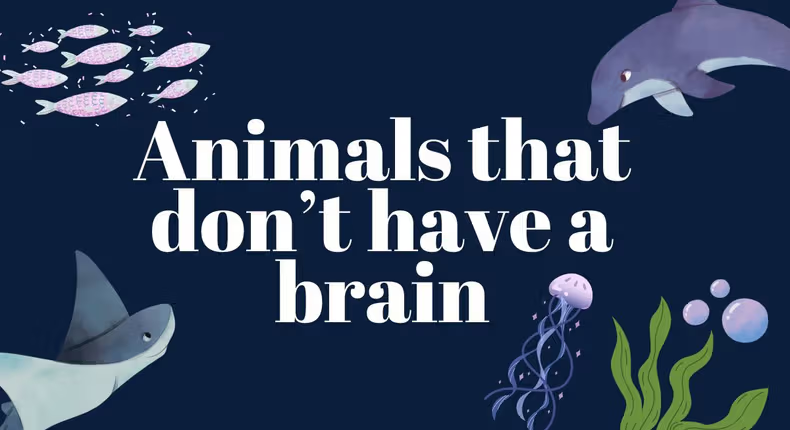< 1 mn read
It’s fascinating to learn that some animals thrive without a brain. Here are a few remarkable examples:
- JELLYFISH: Jellyfish are well-known for lacking a brain. Instead, they have a simple nerve net that helps them sense their environment and respond to stimuli like light and touch. Despite this simplicity, jellyfish can swim, capture food, and evade predators, demonstrating impressive adaptability.
- SEA SPONGES: Sea sponges are unique creatures without a brain, heart, or nervous system. They filter water through their bodies to capture nutrients, relying entirely on water flow to sustain themselves. They’ve existed for over 600 million years, proving their successful evolutionary strategy.
- CORALS: Corals, often mistaken for rocks, are actually colonies of tiny animals called polyps. They also lack a brain and true nervous system. Corals rely on simple nerve cells to interact with their environment and derive energy from algae living within them, which aids their growth.
- SEA STARS (STARFISH): Sea stars possess a nerve ring that allows them to move and interact with their surroundings, but they lack a centralized brain. They can regenerate lost arms and use their simple nervous system to hunt and eat effectively.
- PORTUGUESE MAN O’ WAR: Often confused with jellyfish, the Portuguese Man O’ War is a colony of organisms, or polyps, each fulfilling different roles within the colony. Despite lacking a brain, these polyps work together to capture prey and defend against threats.
These examples highlight the incredible diversity of life and how different evolutionary paths can lead to survival without a brain.
4o mini

